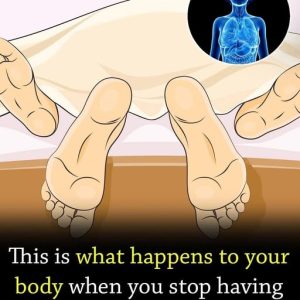Sudden Redness, Warmth, or Swelling in One Leg? Don’t Ignore It
Noticing sudden redness, warmth, or swelling in one leg should never be taken lightly. These symptoms may indicate a serious underlying condition that needs immediate medical attention.
1. Deep Vein Thrombosis (DVT)
One of the most urgent concerns is deep vein thrombosis, a condition where a blood clot forms in a deep vein, usually in the leg. It can block blood flow and cause pain, swelling, and warmth. The biggest danger arises if the clot dislodges and travels to the lungs, causing a pulmonary embolism—a life-threatening emergency marked by chest pain, shortness of breath, or sudden collapse.
2. Cellulitis
Another possible cause is cellulitis, a fast-spreading bacterial skin infection. It often appears with redness, swelling, and warmth, and may come with fever or chills. Without prompt antibiotic treatment, cellulitis can become severe and even enter the bloodstream, leading to sepsis.
3. Superficial Thrombophlebitis
This condition involves a blood clot in a vein close to the skin. It causes pain, tenderness, and redness. While generally less dangerous than DVT, superficial thrombophlebitis can still cause complications and may require treatment such as warm compresses, anti-inflammatory medications, or blood thinners in some cases.
4. Chronic Venous Insufficiency
Chronic venous insufficiency happens when leg veins can’t effectively return blood to the heart. This leads to blood pooling in the lower leg, resulting in swelling, discoloration, and sometimes skin ulcers. Though not immediately life-threatening, it requires long-term management.
5. Other Causes
Other conditions that can cause redness or swelling in one leg include:
-
Gout: Sudden joint pain, often in the big toe or ankle.
-
Arthritis: Joint inflammation and stiffness.
-
Injury: Sprains, fractures, or muscle strains.
-
Lymphedema: Swelling due to lymphatic fluid buildup, often after cancer treatment or surgery.
When to Seek Medical Help
Seek immediate medical care if you notice:
-
Sudden or worsening swelling
-
Pain, redness, or warmth in one leg
-
Fever, chills, or an open sore
-
Chest pain or difficulty breathing
These may indicate a dangerous condition like DVT, cellulitis, or a pulmonary embolism. Early treatment saves lives.





